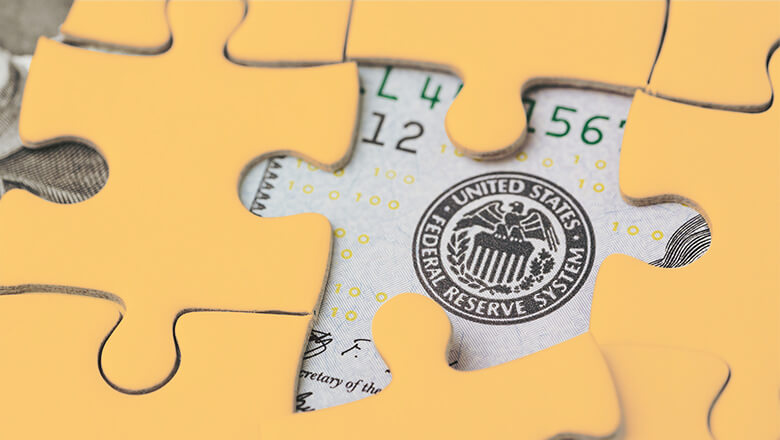How The Fed Hiking Rates Impacts The World’s Emerging Markets

Central Bank’s Global Impact
When the Federal Reserve raises its target rate, its main goal is to help control prices within the United States. However, US monetary policy can also have ripple effects in emerging markets. Emerging markets are countries that are in the process of transitioning into a more industrial economy from a low-income, less developed standard of living.
As US interest rates rise, these economies have historically struggled due to higher borrowing costs. Rising rates have also negatively impacted their currencies. What’s more, if growth slows in the United States, and less demand puts downward pressure on imports, this could also weigh heavily on emerging markets that rely on exports to the US.
Other Factors at Play
Analysts are quick to note that while the Fed’s monetary policy is one piece of the puzzle for emerging markets, other factors are also in play. This includes oil prices which have been rising amid the Russian invasion of Ukraine.
The Asian Financial Crisis of 1997 is an example of how emerging markets can struggle during periods of rising rates. Latin American countries also felt the brunt of a shifting rate environment in the late 1970s and early 1980s. More recently, China experienced a small debt and currency crisis in 2015 and 2016 partially as a result of the Fed’s rate-hiking cycle.
All Eyes on India
Higher energy prices make things difficult for many emerging markets, which are typically net importers of oil. This makes India a potential trouble spot. It ranks as the world’s third-largest crude oil importer, and analysts say that could force India’s central bank to enact rate hikes as inflation spikes, which would dent growth.
One positive for India is that it holds around $620 billion in foreign exchange reserves, which is significant compared to the size of its economy. It’s also relatively unexposed to overseas debt. Zooming out, the takeaway for everyday investors is that decisions at home can impact countries and companies abroad. Investors are now looking into how much exposure their portfolio has to regions that might be in the crosshairs of the Fed’s incoming rate hikes.
Things are changing daily within the financial world. Sign up for the SoFi Daily Newsletter to get the latest news updates in your inbox every weekday.
Sign up
Please understand that this information provided is general in nature and shouldn’t be construed as a recommendation or solicitation of any products offered by SoFi’s affiliates and subsidiaries. In addition, this information is by no means meant to provide investment or financial advice, nor is it intended to serve as the basis for any investment decision or recommendation to buy or sell any asset. Keep in mind that investing involves risk, and past performance of an asset never guarantees future results or returns. It’s important for investors to consider their specific financial needs, goals, and risk profile before making an investment decision.
The information and analysis provided through hyperlinks to third party websites, while believed to be accurate, cannot be guaranteed by SoFi. These links are provided for informational purposes and should not be viewed as an endorsement. No brands or products mentioned are affiliated with SoFi, nor do they endorse or sponsor this content.
Communication of SoFi Wealth LLC an SEC Registered Investment Adviser
SoFi isn’t recommending and is not affiliated with the brands or companies displayed. Brands displayed neither endorse or sponsor this article. Third party trademarks and service marks referenced are property of their respective owners.
SOSS22032403
Comments are closed.